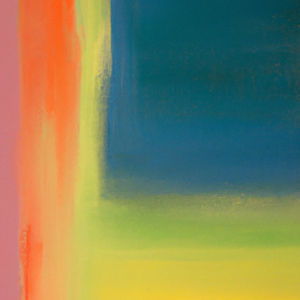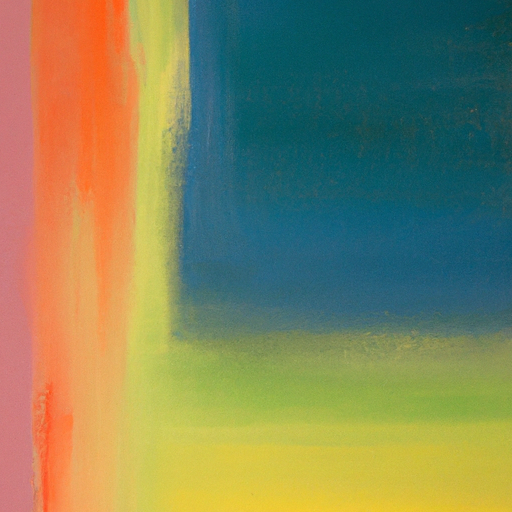Let’s Get Glowing! Highlighting and Shading Techniques to Elevate Your Makeup Game
Are you ready to take your makeup skills to the next level? Then it’s time to learn about highlighting and shading techniques. Highlighting and shading are makeup techniques that use lighter and darker shades to emphasize or contour different parts of the face. By using these techniques, you can bring out your most beautiful features and create a natural-looking glow.
So what are the benefits of highlighting and shading? When done right, it can make your skin look brighter, more youthful, and more radiant. These techniques can help to define your cheekbones, slim your nose, and accentuate your eyes.
Before diving into the specifics, it’s important to properly prepare your face. This involves cleansing, exfoliating, and moisturizing to create a smooth and healthy base for your makeup. Once your skin is prepped and ready to go, it’s time to learn the basics.
But wait, before we start, did you know that there are three rules of contouring makeup? If not, check out this amazing article on Best Eyelash Extension Supplies for more expert advice!
Preparing Yo’ Face: Gettin’ It Ready for Highlighting and Shading, Henny
Before even startin’ with highlighting and shading, you gotta make sure the canvas that is yo’ face is lookin’ tip-top. The first step is to cleanse yo’ face, like really clean it – I’m talkin’ no makeup, no dirt, no nothin’. You can use whatever cleanser you like, but some people swear by double cleansin’, which is basically usin’ an oil-based cleanser to break down makeup and then a water-based one to wash it all off.

Next up is exfoliatin’. You don’t wanna have any dead skin hangin’ around, messin’ with yo’ glow. You can use a physical exfoliant – like a scrub or a brush – or a chemical one – like a peel or an acid. Just be gentle and don’t scrub yo’ face raw, okay?
Last but not least, moisturize that beautiful face of yours. Hydration is key to makin’ highlighting and shading look flawless. Use a moisturizer that works for yo’ skin type and take the time to really massage it in.
Highlighting Basics: The Key to a Natural-Looking Glow
When it comes to makeup, highlighting is one of my favorite techniques. Highlighting involves using a product that is a shade or two lighter than your natural skin tone to accentuate your cheekbones, brow bones, and other features. It creates a subtle glow and makes your skin look more radiant. Here are some tips for achieving a natural-looking highlight:
What to Use for Highlighting?
You can use a variety of products for highlighting, including powder, cream, and liquid formulas. For a natural-looking highlight, I recommend using a product that is just a shade lighter than your skin tone and has a subtle shimmer. Avoid using anything too glittery or iridescent, as this can look overdone.
Techniques for Achieving a Natural-Looking Highlight
When applying highlighter, less is more. Use a light hand and start by applying the product to the high points of your face where the light naturally hits, such as your cheekbones and brow bone. You can also apply it to the tip of your nose and cupid’s bow for a more radiant look. Be sure to blend well to avoid any harsh lines or streaks.
Shading Basics: How to Achieve a Natural-Looking Shade
Okay, now it’s time to talk about shading. This is where you create the illusion of depth and contour on your face. You can use shading to sculpt your cheekbones, slim your nose, and even make your forehead appear smaller.
For shading, you’ll want to use a matte powder or cream that’s a couple shades darker than your skin tone. Like with highlighting, you should apply shading after you’ve applied your foundation.
When you’re applying shading, it’s essential to build it up in gradual layers. You don’t want to end up with a harsh, dark line on your face. Instead, use a light hand and blend, blend, blend until it looks natural.
Start by applying shading to the areas where the sun naturally hits your face, like your cheekbones, temples, and jawline. You can also apply shading to the sides of your nose to make it appear slimmer. Use a small, fluffy brush and dip it into the shading product. Tap off the excess and lightly sweep it onto your face, building it up gradually until you achieve your desired look.
Don’t forget to blend! You can use a clean brush or a beauty blender to blend out any harsh lines. If you’re unsure of how much shading to use, start with a little and build it up as you go. Remember, it’s easier to add more than to take away.
With these shading basics, you’ll be able to achieve a natural-looking contour that will enhance your already beautiful features.
Put It All Together: Blending Your Highlights and Shades
Alright, now that you know how to highlight and shade, it’s time to put it all together. The key to achieving a natural-looking finish is in blending. There should be no harsh lines or obvious color changes. So, how do you blend?
The first step is to choose the right colors. Your highlight shade should be lighter than your natural skin tone, and your shading shade should be darker. When you apply these colors, make sure to focus on the areas where the light hits your face and the areas where there are shadows. Common places to highlight include the tops of your cheekbones, the bridge of your nose, and your cupid’s bow. Common places to shade include the hollows of your cheeks and your jawline.
Once you’ve applied your highlight and shade, it’s time to blend. You can use a beauty blender, a makeup brush, or even your fingers. The key is to use a light touch and to blend until there are no harsh lines. A good trick is to buff in small circles along the edges of your highlight and shade. This will soften the lines and create a more natural look.
If you want to take your highlighting and shading to the next level, try using different colors. For example, if you have warm undertones, you can use a warm-toned highlight and shade. If you have cool undertones, you can use cool-toned products. This will create a more cohesive look and enhance your natural features.
Remember, practice makes perfect. Don’t be afraid to experiment and try different techniques until you find what works best for you. And most importantly, have fun with it! Makeup should be a form of self-expression and creativity.
That’s a Wrap – My Tips for Highlighting and Shading Your Face
Wow, what a journey! I cannot believe how much I have learned about highlighting and shading techniques. Before starting this blog, I had no clue that the proper highlighting and shading could make such a difference in my appearance. However, now I cannot imagine my makeup routine without these two techniques.
So, to wrap up, let me give you some final tips that I have found to be helpful. First, be sure to start with clean, moisturized skin. This will help make sure that the product goes on evenly. Second, when highlighting, choose a shade that is only a shade or two lighter than your skin. You want it to look natural. Third, when shading, go for a product that is a few shades darker than your skin. Fourth, blend! Blending is the key to a natural-looking finish.
Fifth, when using both highlighting and shading, be sure to blend well where the two colors meet. You should not have any harsh lines on your face. Finally, don’t be afraid to experiment with different colors. Maybe you will find that a light blue highlight works best for you, or a deep purple shade. Have some fun with it and find what looks best for you.
In conclusion, highlighting and shading are crucial elements to any makeup routine. With a bit of practice, anyone can master these techniques and achieve a natural, flawless look. So, grab your brushes and products, and get to work! You will be amazed at the difference it makes.
